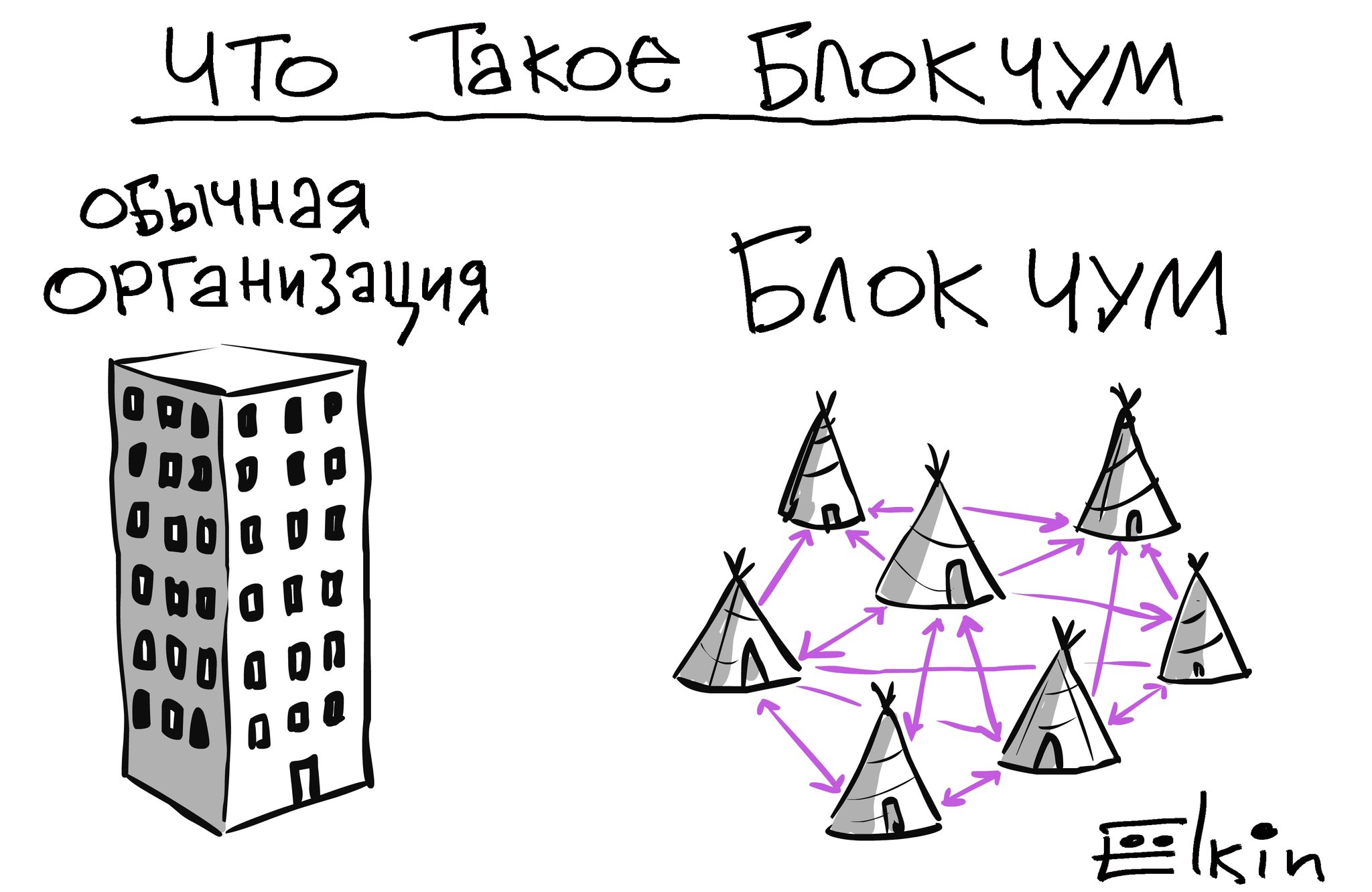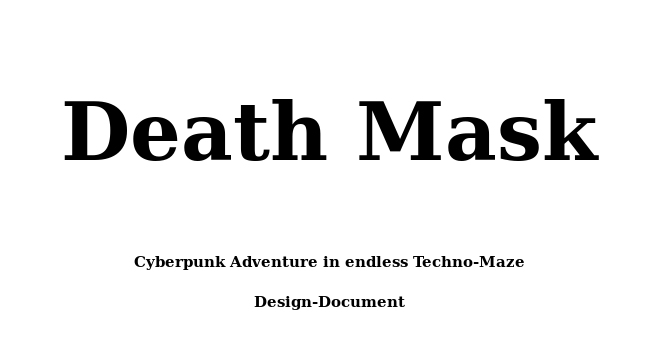[English translation may be some day]
Данная заметка не является призывом к действию, здесь я опишу слабые и потенциально опасные стороны биткоина и технологии блокчейн.
Уязвимый центр
Принцип работы биткоина и блокчейна заключается в хранении, изменении общей базы данных, полная копия которой хранится у каждого участника сети. Система выглядит децентрализованной, т.к. нет единой организации/сервера на котором хранится база данных. Также децентрализованность выдается за главный плюс блокчейна, дает гарантию что ничего не случится с вашими биткоинами без вашего ведома.
Принцип блок-чума от Елкина
Для того чтобы блокчейн работал, нужно сделать так чтобы каждый пользователь скачивал последнюю копию базы данных блокчейна, и работал с ней по определенным правилам. К таким правилам относится реализация принципа майнинга биткоина, получение процента от каждой транзакции при подтверждении (transaction fee) передачи средств с одного кошелька на другой. Пользователь не может нарисовать себе 1000000 биткоинов и купить на них что-то, т.к. у других пользователей количество денег на его счету будет неизменным. Также исключен вариант со снятием средств с чужого кошелька только внутри своей базы данных т.к. это изменение не будет отражено у других пользователей биткоина, и будет проигнорировано.
Уязвимость текущей реализации заключается в том что биткоин кошелек находится на сервере github что полностью перекрывает рекламные лозунги о децентрализации. Без загрузки кошелька из единого центра – сайта разработчика, невозможно работать с биткоином, тоесть в любой момент разработчики имеют полный контроль над сетью. Таким образом, сама технология блокчейн является децентрализованной, но клиент для работы с сетью загружается из единого центра.
Сценарий атаки – допустим в кошелек добавлен код для снятия всех средств и обналичивания на счет третьих лиц, после этого любой пользователь последней версии кошелька потеряет все биткоины автоматически (без возможности восстановления). Сомневаюсь что многие владельцы кошелька проверяют и собирают его из исходного кода, поэтому последствия такой атаки затронут большинство пользователей.
Решает большинство
Блокчейн является децентрализованной p2p сетью, подтверждением всех операций занимаются сами пользователи в автоматическом режиме. Сценарий атаки – необходимо получить 51% сети для того чтобы игнорировать подтверждения оставшихся 49%, после этого атакующий получает полный контроль над биткоином/блокчейном. Этого можно добиться подключив вычислительные мощности перекрывающие остальных. Этот сценарий атаки известен как 51% attack.
Угадай меня если сможешь
При первом запуске кошелька, компьютер генерирует пару – приватный и публичный ключ для обеспечения своей корректной работы. Уникальность данных ключей крайне высока, однако есть вариант сгенерировать ключи с помощью кодового слова – так называемый “brain wallet“. Человек хранит ключи у себя в голове, ему не нужно делать бекап файла wallet.dat, т.к. в любой момент ключи можно будет перегенерить с помощью данного кодового слова. Сценарий атаки – злоумышленник подбирает или узнает кодовое слово, генерирует пару приватный-публичный ключ и получает контроль над кошельком.
Просто скопируй
Пара приватный-публичный ключ содержится в файле wallet.dat. Любое программное обеспечение имеющее доступ к данному файлу – имеет доступ к кошельку биткоин. Защитой от такого нападения служит добавление кодового слова, которое должен будет помнить и вводить пользователь, для всех операций с кошельком. После добавления кодового слова, злоумышленнику нужно будет иметь wallet.dat и кодовое слово для получения полного контроля.
Также стоит добавить что при вводе кодового слова оно попадает в память компьютера, таким образом любые уязвимости аппаратные и/или программые позволяющие читать *чужую* память позволят прочитать и это кодовое слово вирусному программному обеспечению.
Ошибка системы
Взлом алгоритмов шифрования биткоина моментально приведет к его смерти. Допустим в реализации алгоритмов допущена ошибка, злоумышленник нашедший ее получает либо полный, либо частичный контроль над блокчейном. Также алгоритмы шифрования используемые в биткоине не защищены от взлома с помощью будущих квантовых компьютеров, их появление и реализация квантовых алгоритмов – поставит крест на текущей реализации биткоина. Однако это может быть решено с помощью перехода на постквантовые алгоритмы шифрования.










